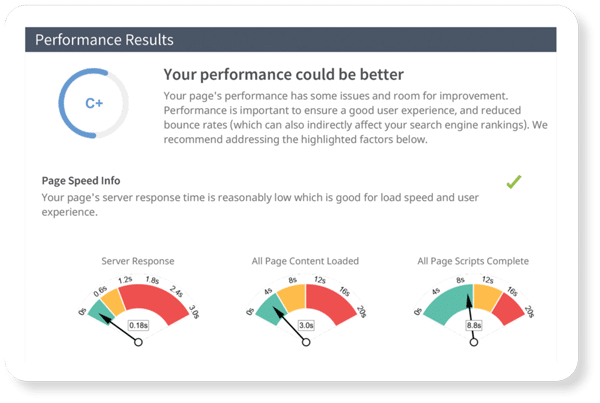You’ve probably experienced this phenomenon: you’re browsing online, looking at a pair of cool shoes, and decide to click away from the website, only to be greeted by an ad for the same pair of shoes on an entirely different website later on. This form of digital haunting is known as retargeting – and whether you love it or hate it, it can be incredibly useful to help keep your business top of mind. How does it work, and how do you make sure you’re doing it well?
What is retargeting?
The technology used to track users is called cookies. Recently, laws around cookies have changed, and you are required to obtain user consent before collecting data. Most websites now accomplish this via a popup (you have probably seen this while browsing the Internet). In order to utilize cookies, websites have small pieces of code added, which then tracks and adds information about what a user is looking at on your website to lists that you create within Google Ads. You’re able to control where your ads show up and how long they run – ensuring that you aren’t marketing to people who are no longer interested.
Is retargeting useful for medical practices?
The marketing funnel for medical practices can be especially long, so retargeting can help ensure you don’t lose users. For aesthetic procedures, such as a facelift or microneedling; for dental procedures, such as teeth whitening or placing porcelain veneers; or for dermatology procedures, such as having a seborrheic keratosis removed or erasing some wrinkles with Botox — these are the kinds of buying decisions that take time. Clients usually follow this progression:
- Awareness
- Interest
- Consideration
- Intent
- Evaluation
- Purchase
When a person visits your practice website and just randomly looks around wondering what the aesthetic world is all about, they are probably in the “interest” step of the funnel. They’re probably looking at what’s available and doing research, not necessarily intending to purchase from you specifically.
However, when they click on your tummy tuck page and spend 10 minutes reading, they might be moving from “consideration” to the “intent” phase. Now they’re really looking at the procedure and moving toward going forward. But first they need more information, and then they might want to “evaluate” different potential providers.
Retargeting to a potential patient at this stage can be very effective. Your ad could have a quote from a satisfied patient as the only copy: “My tummy tuck with Dr. Smith was the best thing I ever did.” Or it could be credentialed. “Dr. Smith is a double board-certified surgeon who has performed hundreds of tummy tucks.”
Or it could lightly push to book a consultation. “Questions about a tummy tuck? We have answers. Give us a call.”
What kinds of retargeting ads exist?
So what are the options available within the Google Ads network? There are two main options.
- Pixel ads. These are the type you’re most likely familiar with. They make use of the cookie data your site has collected to notify Google ads when someone leaves your website without having made a purchase. Almost immediately, you have the option to begin showing ads to them based on what they were browsing.
- List based retargeting. This type of ad is known as “remarketing,” and the main difference is that the provided contact list comes from email addresses you’ve collected through your website. Google has a strict policy about not collecting personal information like email addresses with cookies, so if you choose these ads, you’re responsible for uploading the contacts through opt-in lists. The benefit of choosing this type of ad is that you’re able to get highly customized and personalized with your strategy.
This can sound complicated or incredibly straightforward. But there’s no denying that remarketing is very effective — either way, you’re advertising to people who have already visited your website. Some practices may not like the idea of following potential patients around the web, and some potential patients may not like it either. But the proper ads placed at the proper time can be a great way to get visitors to become patients.
We Can Help
Need help making your digital marketing strategy all that it can be? MyAdvice can help. Contact one of our digital marketing experts for your complimentary consultation today.


